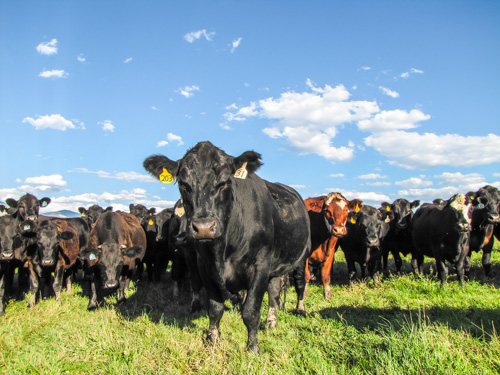
A welcome respite from forest fire smoke blew in last night in the form of rain. We are grateful, because it soothes the soul of not only us, but our animals. Horses reared high, and bucked in the thick, moist air yesterday as I forked some fresh hay out for them. The high peaks glowed with the white of new snowfall as the clouds parted this afternoon, and even the highest reaches of the Hat Creek summer grazing country were snow dusted. It’s nice that all of the beeves are home”¦except one.
The steer likely followed one of the long canyons on the range and ended up with some neighbor’s cattle. Thankfully the neighbors surrounding our range country are pretty honest, and even have been known to load up one or more of our wayward steers, and drive the 40-50 mile round trip that it may involve for a bus ride to one of our corrals. We do the same for them, and have searched many hours on horseback for their cattle over the years during the fall gather before winter locks up the high country in its frozen grip.
I cast an eye out for the wayward steer yesterday when up on our Little Hat Ranch, high up in the middle of our 70 square miles of summer grazing range with my visiting inspector from the Idaho Department of Agriculture (ISDA). He was here for our annual inspection to confirm organic compliance with the USDA’s national organic program standards.
As inspections go, time seemed to pass quickly because we spent the largest proportion of time on the ground visiting fields, rangelands and riverbanks. Usually, an inspection day means cracking open the record books for much of an entire day, with field verification of those records a smaller proportion. Just the application and annual reports are over 100 pages, so it can take a while to plow through those. But this inspector mixed it up a little, and was hunting evidence of organic practice on the ground.
It was a three hour 4-wheel drive on rock-strewn and precipice clinging mountain roads—not for the faint of heart (sometimes “road” did not quite fit dictionary definition!). We coaxed the old Suburban all the way up to Texarkana—where our beeves grazed the entire month of July. The aspens around our old cow camp were just beginning to display a little bit of fall color. Inspector-man scrutinized water courses, stock tanks, and springs along the way for cattle use, and abuse of those habitats, if beeves languished too long there.
I related to him that we intensively herded them for the summer and didn’t let them dwell in riparian (creekside) areas.He was impressed with our 24-7 efforts, and said that those Eastern US Organic Program trainers/regulators had no idea about the vastness of wild country in the West, especially when, several years ago, they were pushing to fence all watercourses on organic lands in the US. That would have been about 125 miles of fence for us! He stated that the reason they came up with such ideas is that many of those organic properties in the Eastern US encompass 50 acres, not 70 square miles. The ISDA guy was happy with the way we managed it, and impressed by the recovery in aspen and willow species that he found on our streams and springs.
I just drove where I was told, and answered his hundreds of questions. He wanted to know when and where the beeves spent most of their time grazing, while ensuring that the boundaries to our grazing range—at least where they crossed roads—were clearly signed “no spray” to prevent chemical use by county or government weed control crews. He was looking for weeds”¦a least some, I think, that would indicate that we missed some in our hand pulling and grubbing control methods (330 hours this year), unlike where spray crews just put the big guns out on rangelands and wholesale douse the roadside, native plants included”¦they kill all”¦often, for years. He found some weeds, and to my great delight, I was able to show him where Cyphocleonus beetles we released 5 years ago had already done their work, eating out the pith out of the roots of nearly every plant we sampled.
After bumping along for a couple of hours, I asked him if he knew of any other operations in the US with the scale that we have certified (70 square miles). He had not heard of any, and believed we were one of the largest, if not in the world. Kudos to our partners in Lemhi and Custer Counties, and the BLM and Forest Service that have teamed up with us in organic! They have allowed us to pursue weeds via our own organic methods.Control measures on these invasive plants are our single biggest cost to be organic. We spent nearly $25K this year on the war on these invaders to our wild rangeland landscapes.
Late in the afternoon, we were exhausted and hungry when we got back to the ranch, but first looked at our beeves on Alderspring pasture, walking through the herd. Soon afterwards, we spread books out in the bunkhouse, and we broke out some lunch while we went through records”¦again. It turns out he jotted down several beef ear tags id numbers while we were out there. He asked me to display to him the entire history of that animal via records, and did the same with a pound of ground beef via lot number. A trip up to the barn and vet shed had him asking about every bottle of anything he could find and what we used it for (Penicillin?—horse injuries.Mineral oil?—equipment lubricant”¦and many others).
Sure, there were some organically prohibited substances in the vet shed cabinets, such as antibiotics for cattle, used for the 3-4 emergencies we have each year that don’t resolve organically. Our beef health and doctoring records matched the bottle amounts in the vet fridge: 4 head treated this past year out of 400. Pulled from our program, he asked to see each of them, and how we identified them for sale to other avenues. A former policeman trained in the analysis of data, records, and people, I enjoyed this inspector because he liked his job”¦and was good at it.
I asked him if there were any big busts coming up in the western U.S., and he looked at me”¦thinking.
“You can’t tell me, can you?” I said.
“No”¦I can’t,” he said.
“What is one of the first signs that you detect that someone is cheating?”
“Records. They usually have perfect records. In fact, they are too perfect. Too neat. The math works out too well. It’s the first sign that they contrived it.”
I knew by his body language that there was likely a bust going down somewhere. I smiled, because, over the years I knew of several shady organic deals and watched some folks get busted. It was good to know that they were going after them. Justice is indeed sweet, particularly after all the sweat equity in serving you, our partners, certified organic.

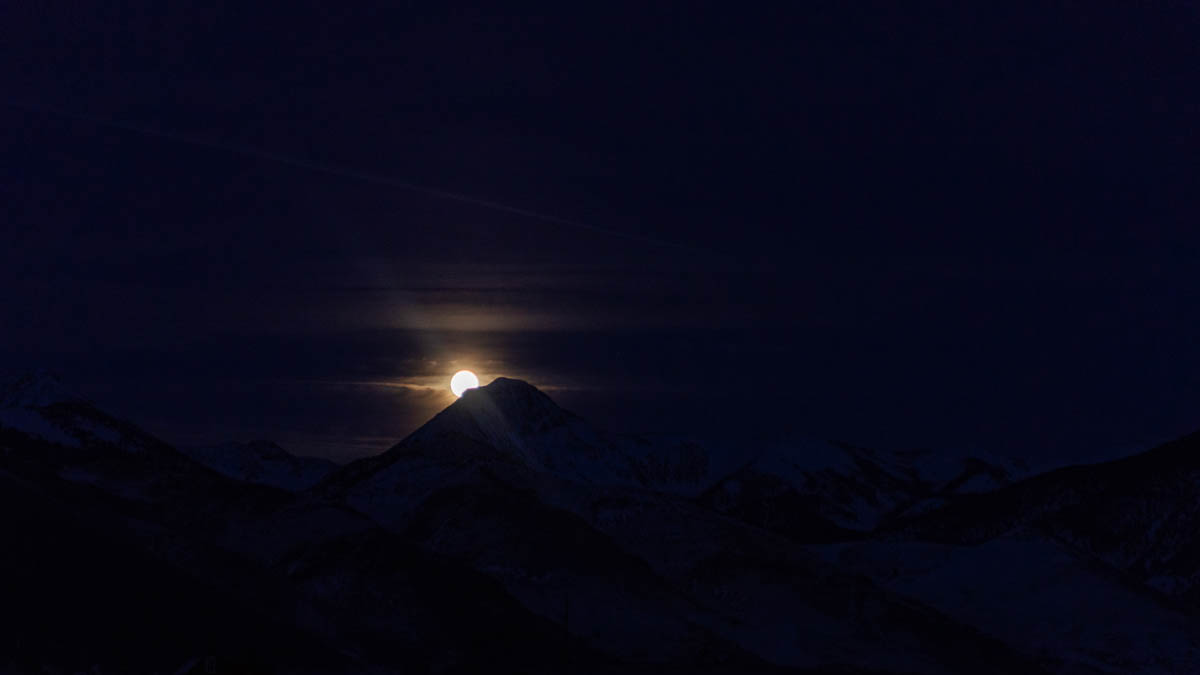
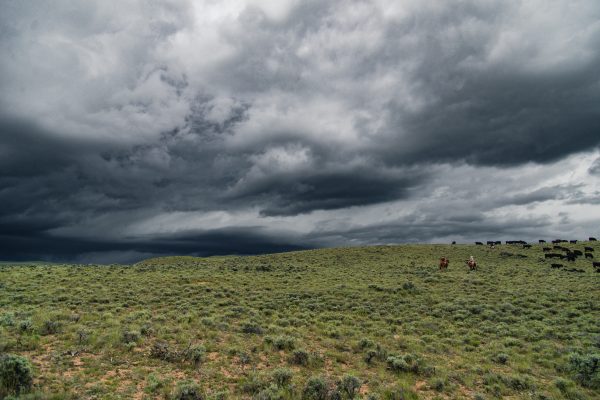
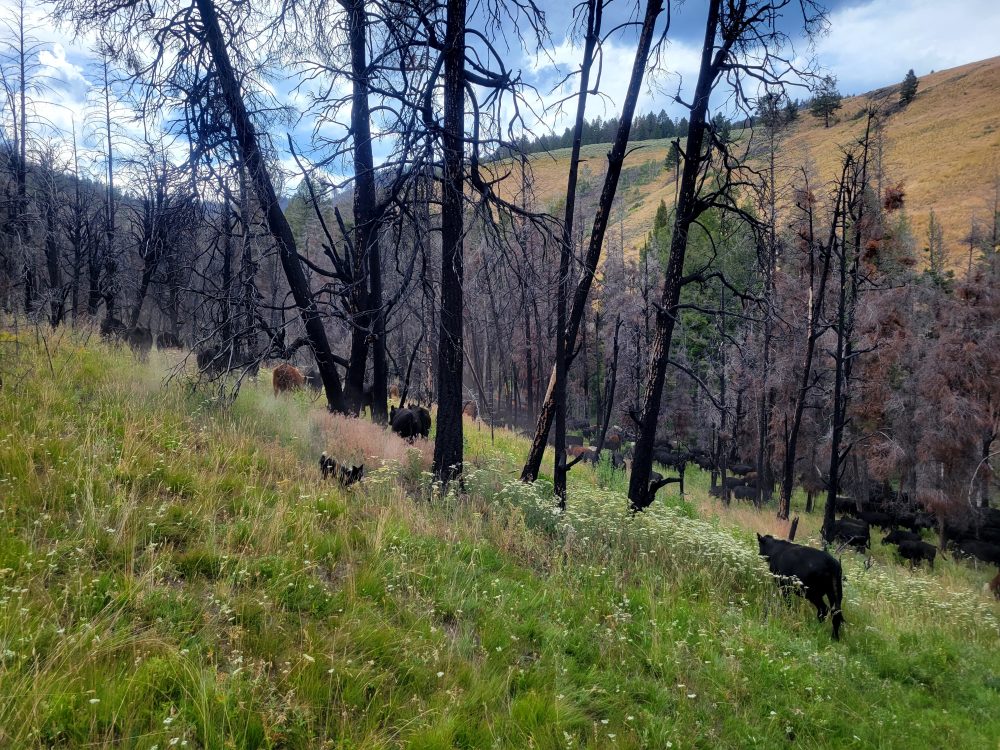
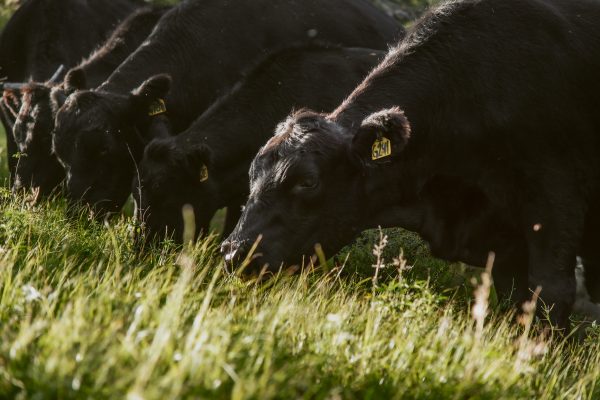


Curt
Too many people look for “organic ” on the label without asking what it actually means. Maybe there should be several degrees of organic. Organic, mostly organic, nearly organic, we tried to be organic, more organic than most other products, not inorganic.
Shirley
I got a chuckle out of Curt’s labels! People will always try to cheat, to cut corners, to be deceitful – all for the almighty dollar 😣
Thank you to Alderspring for going the extra mile every single day to make sure the plants, the soil, the wild animals, the ranch hands and the beeves are all taken care of. I’m hoping there will be young ranchers who will follow in your footsteps! Thank you for ALL your long hours and hard work, Glenn!
Leo G Younger
Yes, cheating happens, such as lying by omission, where the farmer or rancher keeps quiet about something that might upset the customer. Many decades ago, I tried working on an organic date farm near Thermal, California. Once, while walking with the farmer in one of his groves, I saw a neighbor date farmer, not organic, spraying near the fence, and quite a cloud of spray was going into the organic palms. I asked the organic farmer about the spray, and he told me that his non-organic neighbor had joked that the organic farmer was getting free spray. I later found out that the supposedly organic dates were all fumigated (poisonous gas) to kill date beetles in the dates after harvest. That was before any legal certification existed for organic standards. There was only one way then in the Coachella Valley to store organic dates, and only one farmer, Mr. Ahlers who came from Belgium, was truly organic with his dates. Mr. Ahlers froze his crop, and he kept it frozen, shipped it frozen to his customers, and his commercial customers kept it frozen in their stores. The “organic” farmer who used fumigation told me that he couldn’t afford not to use fumigation. I never would have known had I not been there. I left that “organic” farm, and I warned two store owners who sold organic dates about the spray drift and fumigation.
Pamela Holloway
At the end of the day it all comes down to authenticity in relationship. It is one of the key components that Glenn and his family having truly excelled in. Relationship with their faith, relationship with the land they steward, relationship with each other, their partners, Inspectors and even government. I can hear the words, “Well done good and faithful servant.†Thankyou for your continued example that we can all take into our lives to leave our community and our world a better place. May your cattle grow fat on rich mountain grasses and the beauty of the arachnid webs grace your meadows.